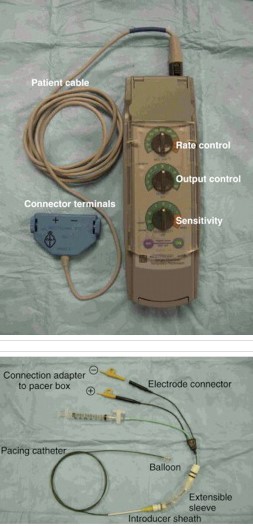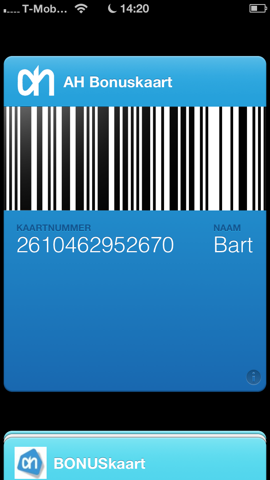

This test may also be done to determine if a person with certain health conditions is at risk of developing heart arrhythmias. Doing this helps the doctor determine the location of the arrhythmia, its possible causes and the best treatment options. Sometimes, a heart doctor (cardiologist) uses the electrodes to stimulate the heart to beat at rates that may trigger - or stop - an arrhythmia. Once in place, the electrodes can map the spread of electrical impulses through the heart. In this test, also called an EP study, a doctor threads thin, flexible tubes (catheters) tipped with electrodes through the blood vessels to different areas within the heart. The doctor observes how your heart and the nervous system that controls it respond to the change in angle.Įlectrophysiological testing and mapping. The table is then tilted as if you were standing up. Your heart rate and blood pressure are monitored as you lie flat on a table. A doctor may recommend this test if you've had fainting spells.

If you have difficulty exercising, a drug may be given to stimulate the heart in a way that's similar to exercise. During a stress test, the heart's activity is monitored while you ride on a stationary bicycle or walk on a treadmill. Some arrhythmias are triggered or worsened by exercise. If your doctor doesn't find an arrhythmia during those tests, he or she may try to trigger the arrhythmia with other tests, which may include:
#Heart passmaker skin
If symptoms are very infrequent, an event recorder may be implanted under the skin in the chest area to continually record the heart's electrical activity and detect irregular heart rhythms. In this noninvasive test, a hand-held device (transducer) placed on the chest uses sound waves to produce images of the heart's size, structure and motion. An event recorder may be worn for a longer period of time (up to 30 days or until you have an arrhythmia or typical symptoms). This wearable ECG device is used to detect sporadic arrhythmias.
#Heart passmaker portable
This portable ECG device can be worn for a day or more to record your heart's activity as you go about your routine. An ECG measures the timing and duration of each electrical phase in the heartbeat. During an ECG, sensors (electrodes) that can detect the electrical activity of the heart are attached to the chest and sometimes to the arms or legs. Regularly scheduled appointments allow a physician using a special computer, called a programmer, to review the pacemaker's activity and adjust the settings when needed, thus ensuring the patient maintains a healthy heart rhythm.Tests to diagnose heart arrhythmias may include: Patients who receive any pacemaker must make sure it continues to work properly. The breakthrough technology makes it possible for patients with implantable pacemakers to undergo MRI scans. In addition, Montefiore is among the first medical centers in New York City to offer a pacemaker designed, tested and approved by the Food and Drug Administration for safe use in the magnetic resonance imaging (MRI) environment. DeRose, Jr., performed the first robotic biventricular pacemaker insertion in the world and has the greatest experience with this procedure worldwide. Montefiore physicians continue to make advances when it comes to the insertion of pacemakers. Although conventional pacemakers are inserted through a vein under the clavicle, biventricular pacemakers require the placement of pacing leads on both the right and left sides of the heart. Heart block – a condition in which the electrical signal is delayed or blocked after leaving the SA node there are several types of heart blocksīiventricular pacing is a therapy to treat heart failure in patients with altered electrical conduction. Tachy-brady syndrome – characterized by alternating fast and slow heart beats.Bradycardia – a condition in which the heart beats too slowly.Some examples of heart rate and rhythm problems for which a pacemaker might be used include: Once implanted, it will monitor the heartbeat and emit an electrical impulse when the beat slows beyond an acceptable level.Ī pacemaker is inserted if an electrophysiology study shows evidence of a slow pulse and if other treatments have not been able to improve the irregular heart rhythm.

The pacemaker is now a small device implanted beneath the skin near the collarbone. Over time, the device became portable and soon became implantable. Escher, MD, to restart a stopped heart during surgery and keep it beating until the normal rhythm returned. In 1958, the world's first transvenous pacemaker system was developed and used at Montefiore Medical Center by cardiac surgeon Seymour Furman, MD, in collaboration with Doris J.W.


 0 kommentar(er)
0 kommentar(er)
